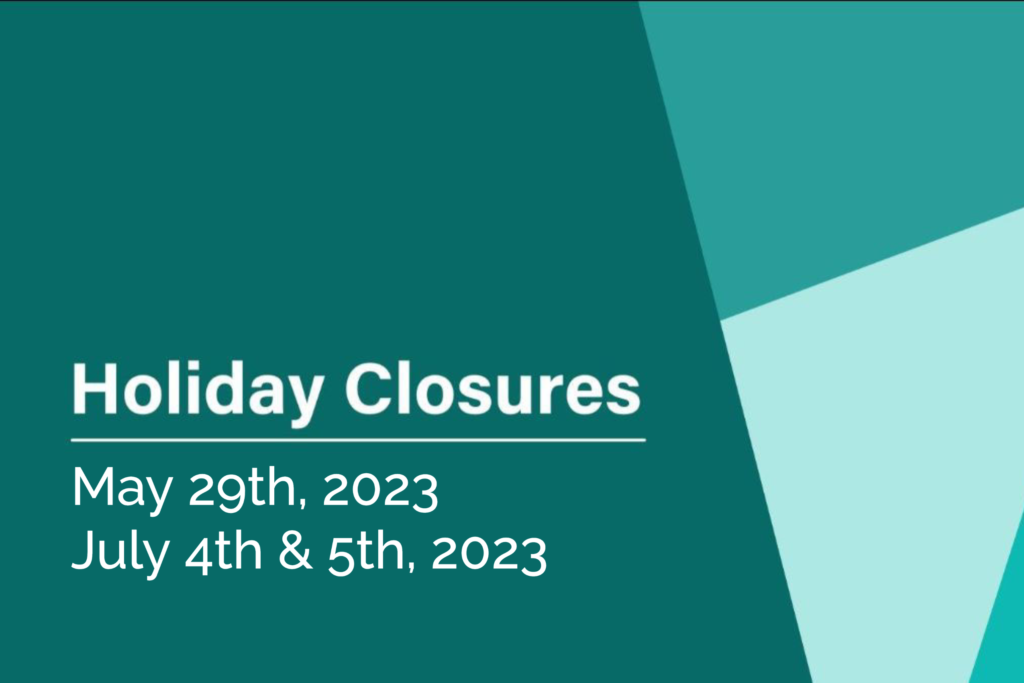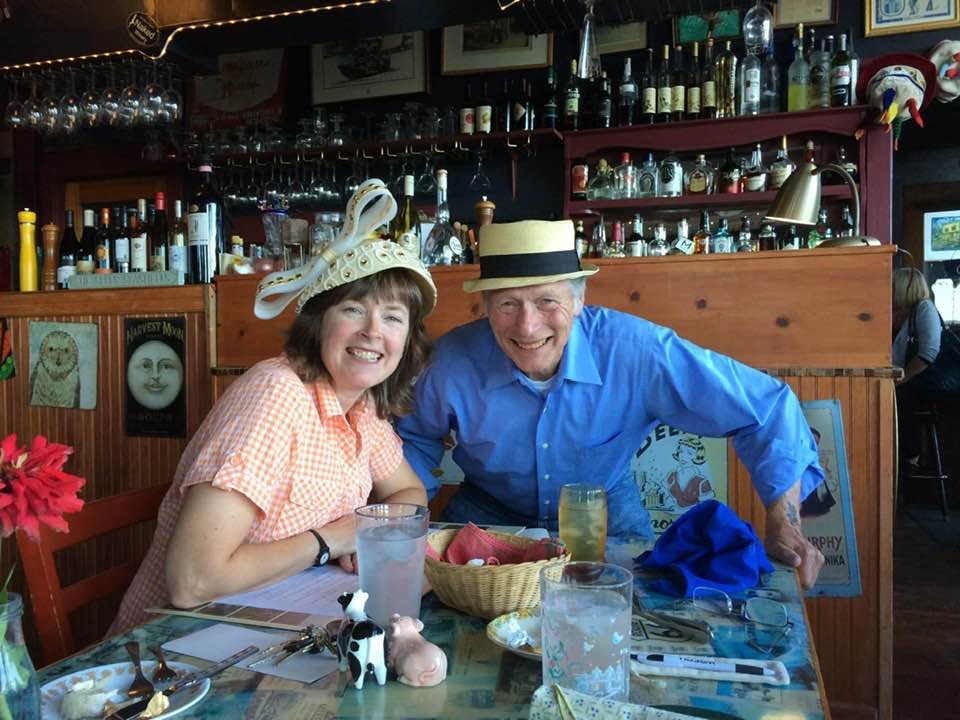By Nita Baer MA Lifespan Integration Therapist/Consultant Spiritual Director
Surreal times! I’ve entertained a host of emotions this week as our community shuts down and the stock market flails. COVID-19 feels like a bully and the fall out chaotic. I’ve known bullies since day one. No fun!!
This bully put our world into a steep, disorienting learning curve. Super uncomfortable! As humans we prefer comfortable because at a subconscious level our animal (reptilian) brain equates “sameness” with safety. Our first, subconscious question, in every situation is … “Am I safe?” This need for safety is found in your amygdala that was formed 80% in uterus and the last 20% in the first couple months of your life. Your amygdala houses your fight, flight, freeze, and collapse responses. All information comes in through your bodies five senses for screening by the amygdala before moving into conscious thought.
If you were born into a home were your parent responded with warmth and kindness when you cried your outlook on life is much more likely to be, “Yes, I am safe. All will be well, and all manner of things will be well.” Thank your parent!
If your parent was unpredictable for any reason, or unable to soothe you because you were sick, your matrix was wired much, much, differently. Your brain tells you, “If I am uncomfortable, I am in trouble. Nothing that causes me to feel uncomfortable ends well for me. We are going to die!”
This anxiety does not improve by telling yourself to get a grip! In fact, dismissal will ramp up your emotions big time. Think of your amygdala like a young child. If a child thinks the adult in charge is not going to watch out for them, they freak out. If the child knows the adult in charge will be kind, stay with them even if they have big emotions, the child will calm down.
This is because the worst thing a human can experience is a felt sense of abandonment. Abandonment to an infant (remember the forming age of your amygdala) means we die. A felt sense of abandonment verses physically being left is what matters. If a child cries or reaches out to their caregiver who is preoccupied with their phone or too busy, the child becomes anxious. Right now, in our community there are many people feeling anxious. Not uncomfortable, not restless, but perched on the edge of a panic attack, or well into a panic attack. They struggle moment by moment to ride the wave of emotion. They may startle more easily, anger may have a shorter fuse, they may withdraw or become really clingy.
And these can be normally really high functioning folks! Like you and me! For those of you who believe, “All will be well,” the dysregulated emotions of the anxious may seem uncalled for, overreacting, a waste of energy, foolish, etc. How very privileged you are! Be thankful your amygdala is working well for you!
This is a time for you to offer empathy (Brene Brown has a great free online animation regarding empathy) and offer constructive alternatives. Somewhat like a kind parent who validates a child’s emotion and then helps the child reorganize. Reorganizing an infant may be all about changing a diaper. Helping an adult reorganize may look like taking a walk, doing yoga, telling a funny story, offering art supplies, helping them consider what is true about the present moment.
You who feel anxious… for God’s sake stay off the news!!! You all know the drill by now. Social-distancing, wash your hand, quarantine if you feel sick. All the details are too much and unnecessary!
If you are reading, this the truth is, you have many more resources then when you were a child. The uncomfortableness of this moment is not the same as when you were an infant. Now you have many, many more options. You can call a friend, take a walk, a bike ride, weed, (our yards may look amazing this year!) read a funny story, do Qi-Gong, yoga, Sudoku, read something inspirational, do art, cook good food. (Yes, there is food. People in China are not starving, I checked!) The vast majority of you are not stuck in a blanket needing someone to pick you up!
Make a choice to breathe deeply many times a day. Breathe in to the count of eight, hold it, exhale deeply and pause. Repeat ten times. If anxiety is increasing, count anything and everything. Count backwards by three or seven. Counting drives you into your left brain that will help your right brain (where your emotions hang out) calm down. Smell something yummy, feel the seam of your jeans, notice the colors around you. And breathe some more!
To be human is amazing!! We all grew our own heart and lungs, we are tenacious, resourceful and strong! Remember vast majority of folks want to help you!
Be well!
Resources:
Lee Holden Qi-Gong, online classes and he is offering free wellness routines.
Oak App for breathing.
Luminosity is a brain training app. A constructive place to put your mind to work.
Down Dog App offering free routines right now.







